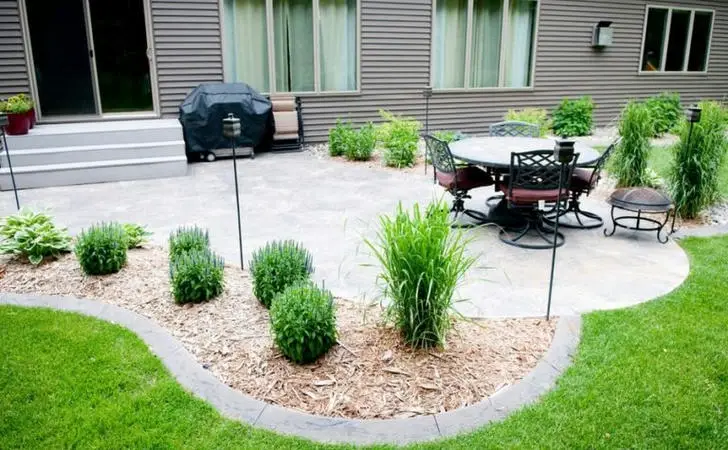Outdoor Living Spaces Demystified: Balcony, Porch, Veranda, Patio, or Deck - Exploring the Differences and Benefits
Advertisement
Different Types of Patio Materials:

When it comes to building a patio, the material you choose can make a big difference. There are various options available, so it's important to pick the right one based on your specific needs and preferences.
Concrete
Concrete is a popular choice for patios because it offers a smooth and even surface with a clean, modern look. One of its greatest advantages is its versatility, as it can be poured into various shapes and layouts, giving you the freedom to create a unique patio design. Concrete is also known for its durability, making it a resilient and long-lasting option.
Asphalt
For those on a budget, asphalt is a cost-effective material commonly used for patios. It provides a simple and flat appearance, giving you a smooth surface to enjoy. Asphalt is flexible and can withstand temperature changes, ensuring it remains in good condition throughout the year. It's also relatively easy to repair if needed.
Pavers
Pavers, made from materials like concrete or brick, offer a stylish and customizable option for patio construction. They come in different shapes, colors, and patterns, allowing you to create a visually appealing patio design. Although pavers may fade over time and can experience damage, repairs are typically straightforward.
Natural Stone
If you prefer a more natural and timeless look, a flagstone patio is a great choice. Natural stone provides an organic and rustic aesthetic that ages beautifully. Unlike some other materials, it doesn't fade over time, allowing your patio to maintain its charm for years to come. While installation may require more effort due to the stones' irregular shapes, the unique character they bring is highly appreciated.
Gravel
Gravel patios have both advantages and disadvantages to consider. On the positive side, they are relatively easy to install and can be a cost-effective DIY project. Gravel also promotes good drainage, preventing water buildup. However, it's important to note that gravel can require regular maintenance as the small pieces tend to shift and scatter, requiring occasional re-leveling. Additionally, walking on a gravel patio may not be as comfortable as on a concrete surface. Similar pros and cons apply if you opt for a sand-based patio.
